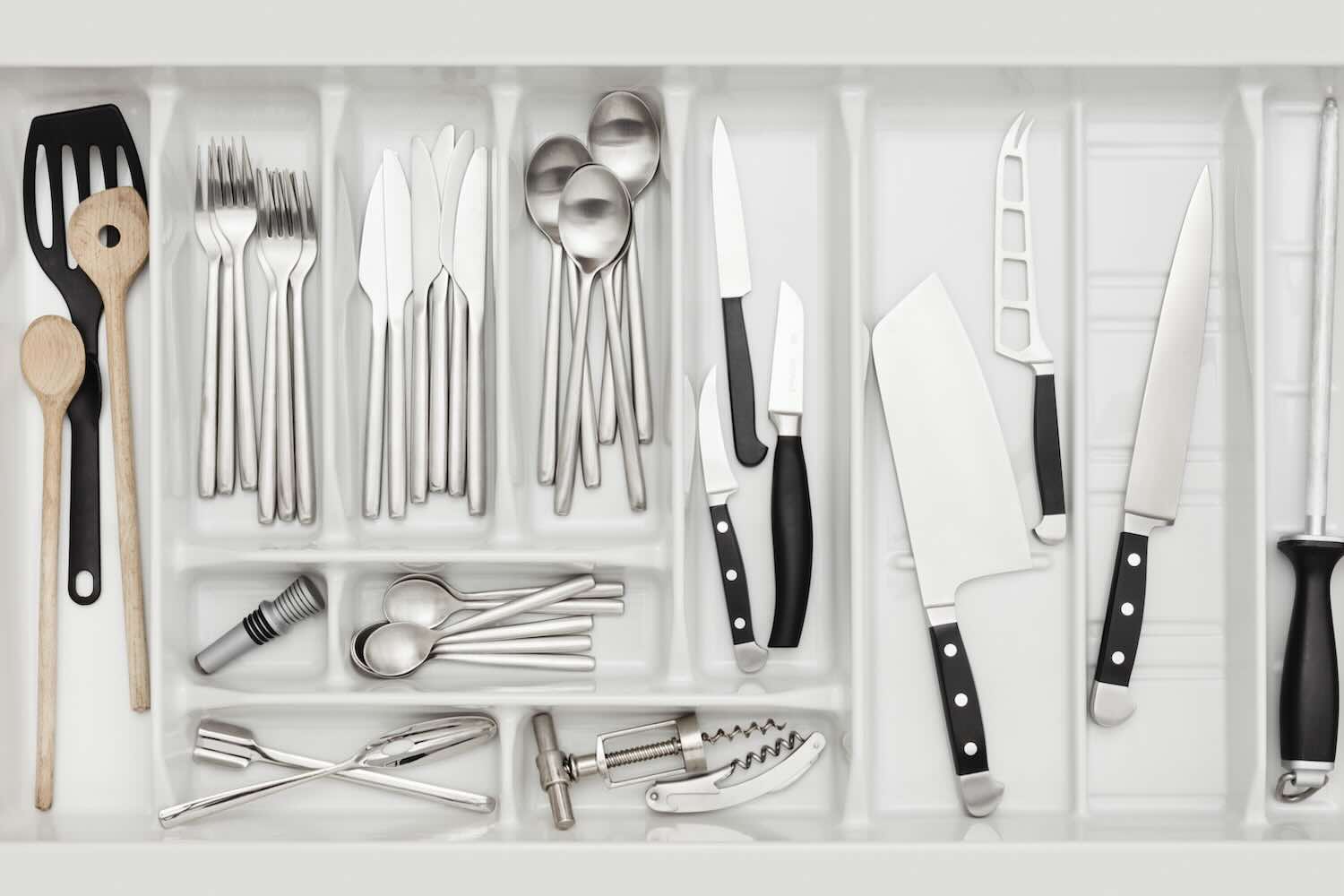

Tableware
How Much Silverware Do You Need
Modified: August 20, 2024
Discover how much tableware you actually need for your dining table. From silverware sets to serving utensils, find the perfect amount for your entertaining needs.
(Many of the links in this article redirect to a specific reviewed product. Your purchase of these products through affiliate links helps to generate commission for Storables.com, at no extra cost. Learn more)
Introduction
Welcome to our comprehensive guide on how much silverware you need for your tableware collection. Whether you are setting up a new home, planning a special event, or simply upgrading your current utensils, having the right amount of silverware is essential for any dining experience.
Silverware, also known as flatware or cutlery, encompasses various utensils such as forks, knives, and spoons that are used for dining. It not only serves a functional purpose but also adds a touch of elegance and style to your table setting.
In this article, we will delve into the basics of silverware, explore the differences between formal and casual dining, discuss the factors you should consider when determining the quantity of silverware you need, and touch upon the different types of silverware and additional utensils you may want to include in your collection.
So, let’s embark on this tableware journey together and discover how to create the perfect dining ambiance with the right amount of silverware!
Key Takeaways:
- Ensure you have the right amount of silverware by considering factors like household size, entertaining habits, and special occasions to elevate your dining experience and impress your guests.
- Curate a well-appointed silverware collection that aligns with your lifestyle, aesthetic preferences, and budget to create memorable dining moments and add elegance to every meal.
Read more: How Much Yarn Do You Need For A Blanket
Basics of Silverware
Before we dive into the specifics, let’s start with the basics of silverware. Silverware is traditionally made from stainless steel or silver-plated materials, though you can also find options made from other metals or materials such as gold. Stainless steel silverware is the most common choice due to its durability, affordability, and ease of maintenance.
Silverware sets typically consist of forks, knives, and spoons. Forks are designed with tines used for spearing and holding food, while knives feature a sharp blade for cutting. Spoons, on the other hand, come in various shapes and sizes, with different purposes such as soup spoons, dessert spoons, and teaspoons.
When selecting silverware, it’s important to consider the style and design that complement your dining preferences. You can choose from a range of options, including traditional, modern, or even decorative patterns that showcase intricate designs.
Furthermore, silverware comes in different weights, with the most common being medium, heavy, and extra-heavy. The weight of the silverware affects its feel and durability, with heavier options often offering a more substantial and luxurious experience. However, personal preference plays a significant role in choosing the weight that feels comfortable to you.
Proper care and maintenance of your silverware are essential to ensure its longevity and preserve its shine. Hand washing and drying your silverware is generally recommended, as it helps prevent damage and maintains the luster. Avoid using harsh abrasives or chemicals that can scratch or tarnish the silverware.
Now that we have covered the basics of silverware, let’s explore the differences between formal and casual dining and how they impact the quantity of silverware you will need.
Formal Dining versus Casual Dining
When it comes to silverware, the amount you need can vary depending on whether you are hosting a formal dining event or enjoying a casual meal with friends and family. Let’s take a closer look at the differences between these two dining experiences and how they can impact your silverware requirements.
Formal dining occasions, such as elegant dinner parties or special celebrations, generally involve multiple courses and a more sophisticated table setting. In these situations, you will need a more extensive range of silverware to accommodate each course and provide a seamless dining experience.
In a formal setting, you can expect to use different forks and spoons for each course. For example, you might have a salad fork, a dinner fork, a fish fork, and a dessert fork. Similarly, you would likely have soup spoons, dinner spoons, and dessert spoons, each designed for specific purposes. In addition to the essential utensils, formal dining may require specialized serving pieces, such as a butter knife, a gravy ladle, or a cake server.
On the other hand, casual dining occasions tend to be less elaborate and feature a simpler table setting. You will typically only need the basics: a dinner fork, a dinner knife, a soup spoon, and a teaspoon. These utensils are versatile enough to handle most casual meals, from everyday dinners to informal gatherings.
When determining the quantity of silverware you need, consider the number of guests you usually entertain and whether you often host formal or casual dining events. It’s a good idea to have a set of formal silverware for special occasions and a separate set of casual silverware for everyday use.
Remember, your silverware collection should align with your lifestyle and dining habits. Having the right amount of silverware ensures that you can comfortably accommodate your guests and enhances the overall dining experience.
Now that we have covered the differences between formal and casual dining, let’s move on to the factors you should consider when determining the quantity of silverware you need.
Factors to Consider
When determining the quantity of silverware you need, there are several factors to consider. These factors will help you make an informed decision and ensure that you have enough utensils to accommodate your dining needs.
1. Number of Place Settings: The first factor to consider is the number of place settings you typically require. A place setting includes one set of silverware for each guest, consisting of a fork, knife, spoon, and any additional utensils depending on the type of meal or occasion. Take into account the number of guests you usually entertain and consider if you would like to have extra settings for unexpected visitors or larger gatherings.
2. Frequency of Use: Consider how often you host meals or entertain guests. If you frequently host dinner parties or gatherings, you may want to have a larger quantity of silverware to accommodate multiple events without constantly washing utensils. On the other hand, if you rarely entertain or prefer a minimalistic approach, a smaller set may suffice.
3. Cleaning and Maintenance: Think about the practicality of cleaning and maintaining your silverware collection. If you prefer handwashing your utensils, having a smaller set may reduce the time and effort required for cleanup. Conversely, if you prefer using a dishwasher, ensure that your dishwasher can accommodate the quantity of silverware you plan to purchase.
4. Special Occasions: Consider if you often host special occasions, such as holiday feasts or formal events. These occasions may require additional serving pieces or specialized silverware, such as seafood forks or cake servers. Assess your need for these specialized utensils and include them in your silverware collection accordingly.
5. Budget: Your budget is an important factor to consider when determining the quantity of silverware you need. Silverware sets can vary in price, and the quantity you choose should align with your budget and overall dining preferences. Decide on a budget range and explore options within that range to find the right balance between quality and affordability.
By taking these factors into consideration, you can determine the ideal quantity of silverware that suits your needs, lifestyle, and budget. Now that we have covered the factors to consider, let’s delve into the specific number of place settings you may require.
Number of Place Settings
When it comes to determining the number of place settings for your silverware collection, there are a few considerations to keep in mind. The number of place settings will depend on the size of your household, the frequency with which you entertain guests, and your personal preferences.
Household Size: Start by considering the number of people in your household. You will want to have enough silverware for each member of your household, including yourself and any family members or roommates. This will ensure that everyone has their own set of utensils for daily use.
Guests: Next, consider how often you entertain guests and the number of guests you typically have. If you frequently host dinner parties or gatherings, you will need to have additional place settings to accommodate your guests. It’s a good idea to have a few extra place settings to handle unexpected visitors or larger gatherings.
Occasions: Think about the types of occasions you typically host. If you often have formal or special events, you may want to have a separate set of silverware for these occasions. This can include additional utensils for each course and specialized serving pieces.
Disposable or Reusable: Another factor to consider is whether you prefer disposable or reusable silverware. Disposable options, such as plastic utensils, are convenient for outdoor parties or casual events. However, if you prefer a more eco-friendly approach and enjoy the durability and elegance of reusable silverware, you will need to ensure you have enough sets.
Personal Preferences: Finally, consider your personal preferences and lifestyle. Some individuals prefer having a complete matching set of silverware, while others may mix and match different styles and patterns. Determine what fits your aesthetic preferences and choose the appropriate quantity accordingly.
In general, it is recommended to have at least eight to twelve place settings for a standard household. This allows for the flexibility to accommodate family members and guests during various occasions. Additionally, having a few extra sets can be beneficial for replacements in case of loss or damage.
By considering your household size, entertaining habits, occasions, disposable versus reusable preferences, and personal style, you can determine the ideal number of place settings for your silverware collection. Now that we have covered the number of place settings, let’s explore the different types of silverware you may want to include.
Consider the number of place settings you typically use for meals and add a few extra for guests. A standard set includes 4-8 place settings, but larger sets are available for bigger gatherings.
Read more: How Much Greenery Do You Need For A Wreath
Types of Silverware
When building your silverware collection, it’s important to consider the different types of utensils that you may need for various dining occasions. While the basic fork, knife, and spoon are essentials, there are additional types of silverware that can enhance your dining experience. Let’s explore some of the common types of silverware:
1. Dinner Fork: This is the standard fork used for the main course of a meal. It typically has four long tines, ideal for spearing and holding larger food items.
2. Salad Fork: A slightly smaller fork with three tines, designed for eating salads or appetizers. It is usually placed to the left of the dinner fork.
3. Fish Fork: This fork has a unique shape with a wider and shorter design, often used for enjoying fish dishes. It is placed to the left of the salad fork.
4. Dinner Knife: The dinner knife has a sharp blade and a pointed tip, perfect for cutting through various types of food. It is placed to the right of the dinner plate, with the blade facing inward.
5. Soup Spoon: A round and deep spoon used for enjoying soups, stews, and other liquid-based dishes. It is typically placed to the right of the teaspoon.
6. Teaspoon: A smaller spoon used for stirring, adding sugar, or sipping beverages. It is often placed to the right of the dinner knife.
7. Dessert Fork and Spoon: These are smaller utensils used for enjoying dessert. The dessert fork is similar in size to the salad fork, while the dessert spoon is smaller than the teaspoon.
8. Steak Knife: A specialized knife with a serrated edge, used for cutting through thick cuts of meat. It is typically used in formal dining or steakhouse settings.
9. Butter Knife: A small knife used for spreading butter or other spreads onto bread or rolls. It often has a flat, rounded tip.
10. Specialized Serving Pieces: Depending on your dining preferences and occasions, you may want to include additional serving pieces such as a gravy ladle, a cake server, salad tongs, or a pie server.
When selecting the types of silverware to include in your collection, consider the types of dishes you frequently prepare, the formality of your dining events, and any specialized utensils that may enhance your serving experience.
By having a variety of silverware types, you can ensure that you are well-equipped for any dining occasion. Now let’s move on to exploring additional utensils and serving pieces that you may want to consider including in your collection.
Additional Utensils and Serving Pieces
In addition to the basic types of silverware, there are various additional utensils and serving pieces that can elevate your dining experience and make serving and enjoying food more convenient. Let’s explore some of these essential additions:
1. Serving Spoons: These larger spoons are used for serving dishes such as vegetables, rice, or sauces. They come in various sizes and shapes to accommodate different types of food.
2. Serving Forks: Similar to serving spoons, serving forks are designed to assist in serving meat, poultry, and other larger food items. They often have longer tines to facilitate a secure grip on the food.
3. Salad Tongs: Salad tongs are utensils with two long arms connected at one end, used for serving and tossing salads. They allow for easy grabbing and serving of salad greens and other ingredients.
4. Cake Server: A cake server is a specialized utensil with a serrated edge and a wide shape, used for cutting and serving cakes and other desserts. It enables you to slice and transfer individual portions easily.
5. Gravy Ladle: A gravy ladle is a deep spoon with a pouring spout, used for serving gravy or other liquids. Its design ensures an even and controlled flow of liquid when pouring.
6. Butter Spreader: A butter spreader is a small utensil, similar to a butter knife, but with a flat and rounded tip. It is used for spreading butter or other spreads onto bread, rolls, or other baked goods.
7. Sugar Spoon: A sugar spoon is a small spoon with a shallow bowl, used for adding sugar or sweeteners to hot beverages like tea or coffee. It allows for precise measuring and stirring.
8. Cocktail Fork: A cocktail fork is a small fork with shorter tines, used for spearing and enjoying small appetizers, seafood, or olives. They are often used during cocktail parties or appetizer courses.
9. Oyster Fork: An oyster fork is a small fork with short and stubby tines, specifically designed for eating oysters. It allows for easy maneuvering and extracting the delicate meat from the shell.
10. Cheese Knife: A cheese knife is a specialized knife with a sharp blade and often a forked tip, used for cutting and serving different types of cheeses. It enables precise cutting and presentation of cheese.
These additional utensils and serving pieces are not necessary for everyday dining but can be valuable assets for hosting formal dinners, special occasions, or when serving specific types of food. Choose the ones that align with your preferences and the types of dishes you frequently serve.
Now that we have covered the various types of silverware, additional utensils, and serving pieces, let’s move on to some special considerations you may want to keep in mind when building your silverware collection.
Special Considerations
When building your silverware collection, there are a few special considerations that you may want to keep in mind. These considerations will help you ensure that your silverware meets your specific needs and preferences. Let’s explore them in more detail:
1. Quality and Durability: Consider the quality and durability of the silverware you choose. Investing in high-quality stainless steel or silver-plated utensils will ensure longevity and resistance to tarnishing or scratching. Look for reputable brands and read reviews to find silverware that will withstand daily use and regular cleaning.
2. Ergonomics and Comfort: Pay attention to the ergonomics and comfort of the silverware you select. Consider the weight, size, and grip of the utensils to ensure they feel comfortable in your hand. Look for utensils with well-balanced proportions and handles that are easy to hold, especially if you have any specific hand or grip preferences.
3. Storage and Organization: Think about how you will store and organize your silverware. Consider investing in a silverware tray or divider to keep your utensils organized and prevent scratching or damage. If you have limited drawer space, explore alternative storage options such as countertop caddies or hanging organizers.
4. Matching or Mix-and-Match: Decide whether you prefer a matching set of silverware or if you want to mix and match different styles or patterns. Matching sets provide a cohesive and elegant look, while mixing and matching can create a more eclectic and unique table setting. Consider your personal style and aesthetic preferences when making this decision.
5. Special Dietary Needs: If you or any of your guests have special dietary needs or preferences, consider the utensils that will accommodate those requirements. For example, if you often serve vegan or gluten-free meals, make sure your silverware is suitable for those dishes. Look for utensils with wider tines for easier handling of specific food items.
6. Cleaning and Maintenance: Consider the cleaning and maintenance requirements of your silverware. Some silverware is dishwasher-safe, while others may require handwashing. Take into account your lifestyle and preferences for cleaning your utensils, and choose accordingly to ensure convenience and ease of care.
7. Budget and Affordability: Set a budget for your silverware collection and explore options within that range. Silverware sets can vary significantly in price, depending on the material, brand, and design. Strike a balance between quality and affordability to ensure you get utensils that meet your needs without breaking the bank.
By considering these special considerations, you can tailor your silverware collection to your specific requirements and preferences. Now let’s wrap up our guide on how much silverware you need.
Conclusion
In conclusion, having the right amount of silverware is essential for creating a well-appointed table and ensuring a seamless dining experience. We have explored the basics of silverware, the differences between formal and casual dining, and the factors to consider when determining the quantity of silverware you need for your collection.
Remember to consider the number of place settings based on your household size and entertaining habits. Take into account your preferences for formal or casual dining, as well as any specialized utensils or serving pieces you may require for specific occasions.
Consider the different types of silverware available, such as dinner forks, salad forks, dinner knives, soup spoons, and teaspoons, and choose the ones that suit your dining preferences. Include additional utensils like serving spoons, cake servers, and butter knives for enhanced serving convenience.
Keep in mind special considerations such as quality, comfort, storage, and maintenance when selecting your silverware. And finally, set a budget that aligns with your needs and explore options within that range to find the perfect balance between affordability and quality.
By meticulously curating your silverware collection, you can elevate your dining experience, impress your guests, and add a touch of elegance to every meal. Whether you are hosting formal dinner parties, enjoying casual meals with family and friends, or simply indulging in a special occasion, having the right amount of silverware will ensure that you have all the utensils you need to create memorable dining moments.
So go ahead, invest in quality silverware, choose the types of utensils that suit your dining habits, and enjoy the beauty and functionality of a well-prepared table. Happy dining!
Frequently Asked Questions about How Much Silverware Do You Need
Was this page helpful?
At Storables.com, we guarantee accurate and reliable information. Our content, validated by Expert Board Contributors, is crafted following stringent Editorial Policies. We're committed to providing you with well-researched, expert-backed insights for all your informational needs.
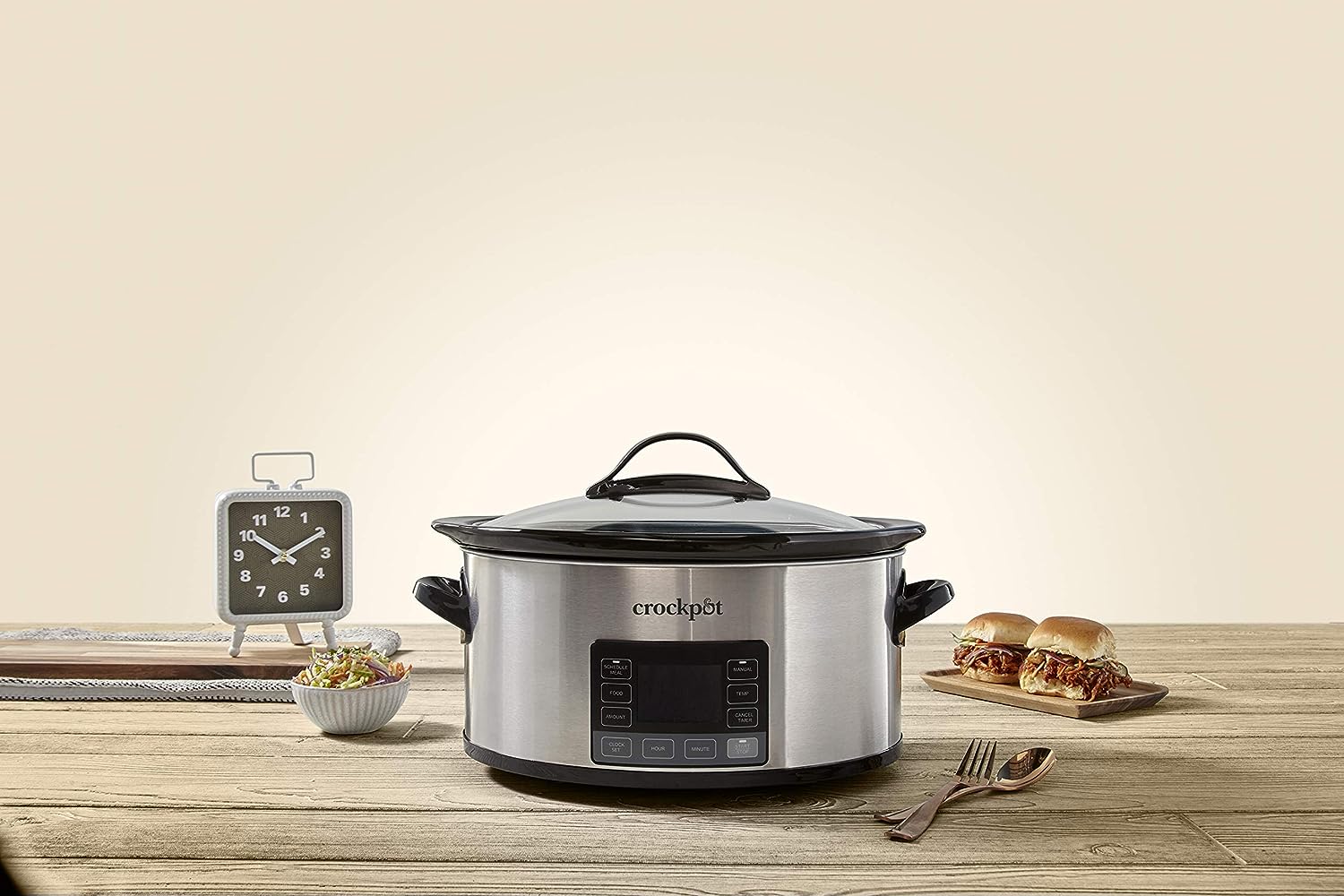

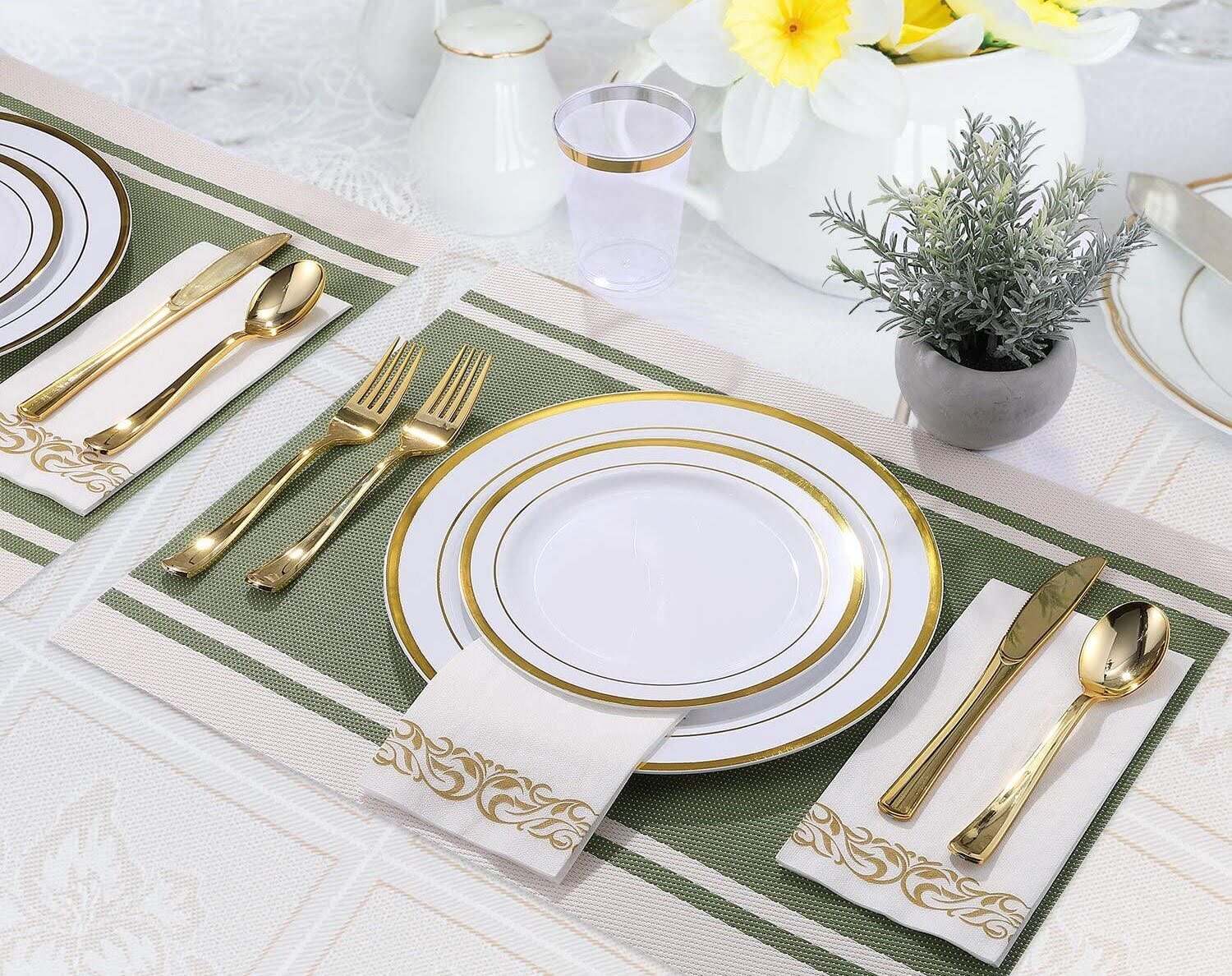
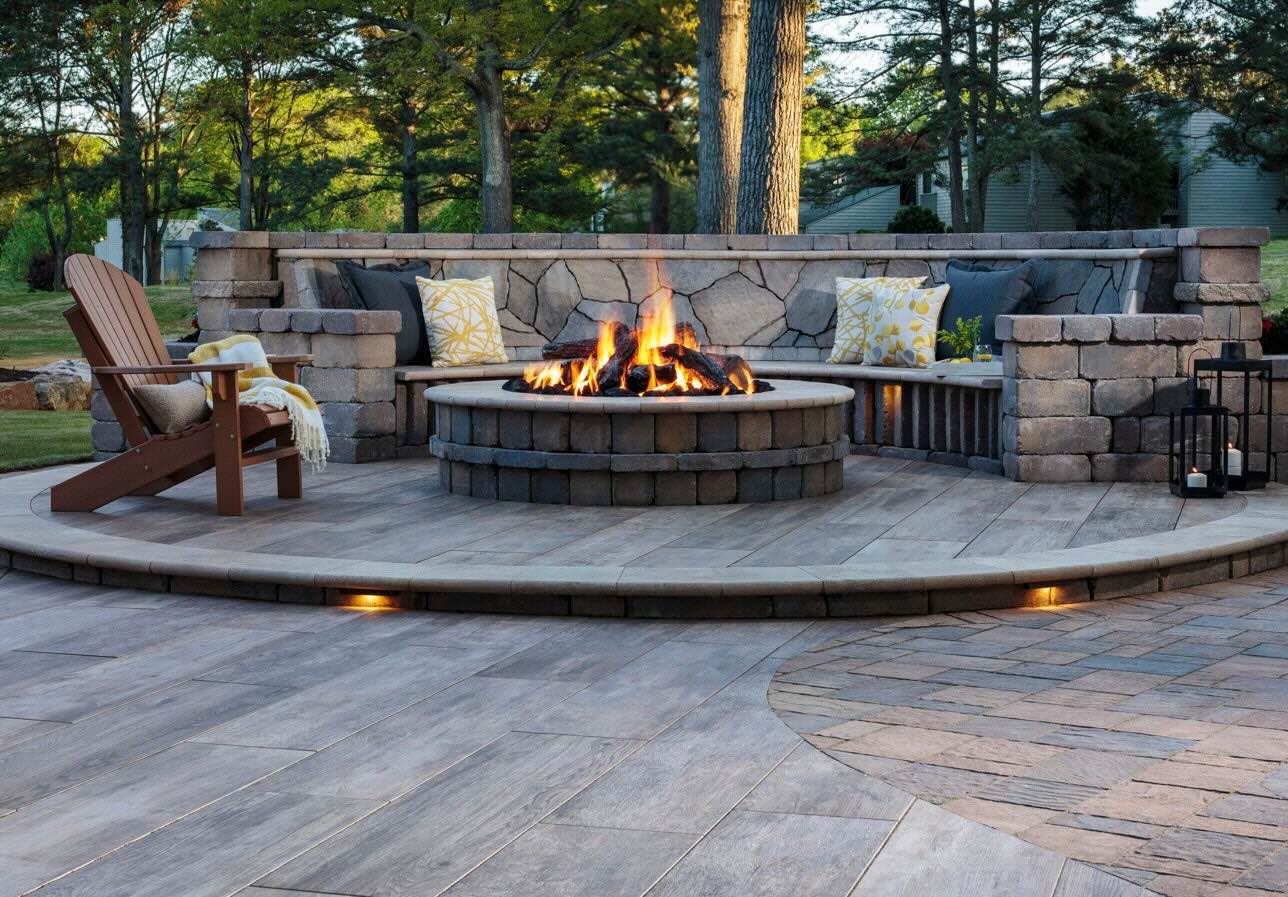
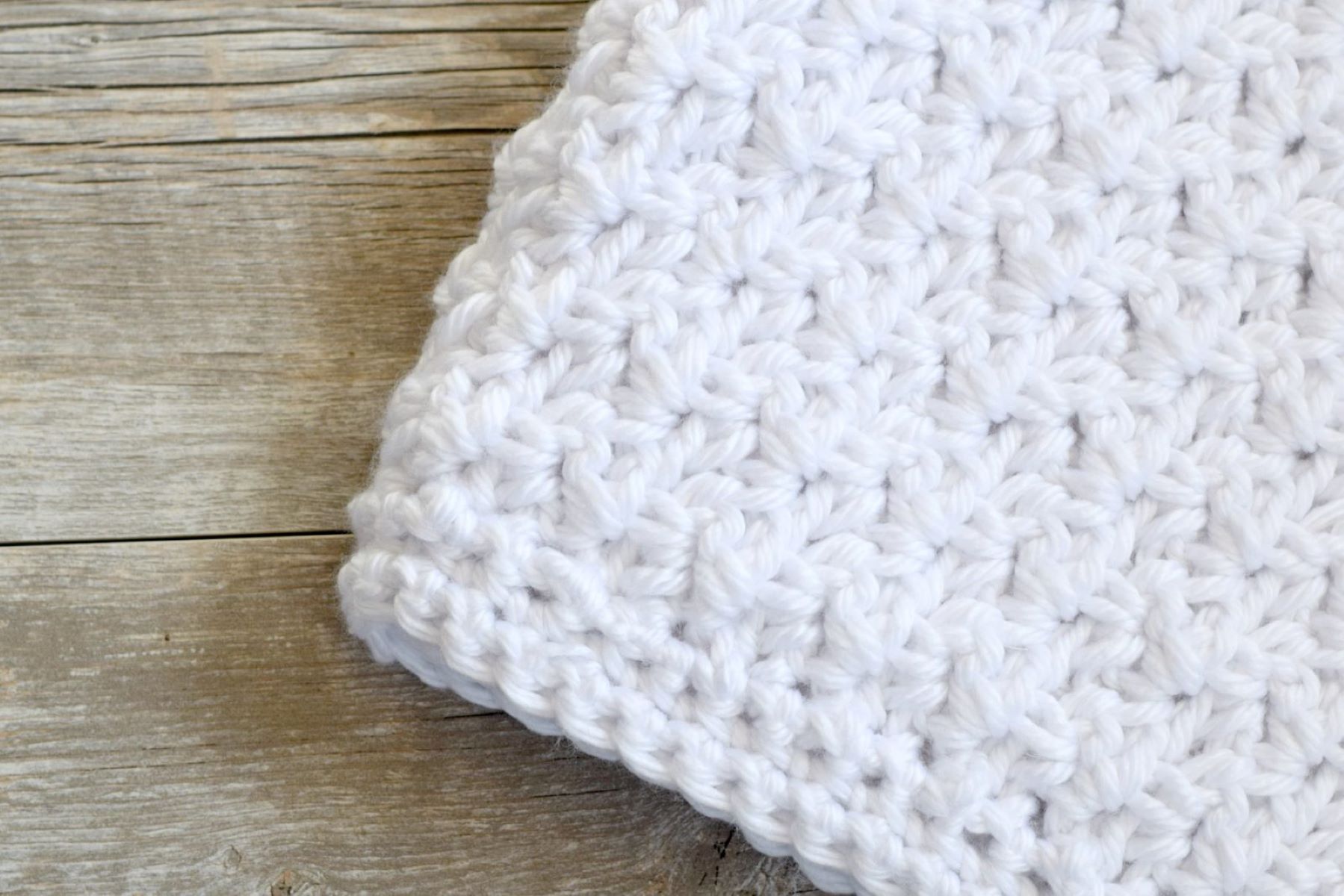
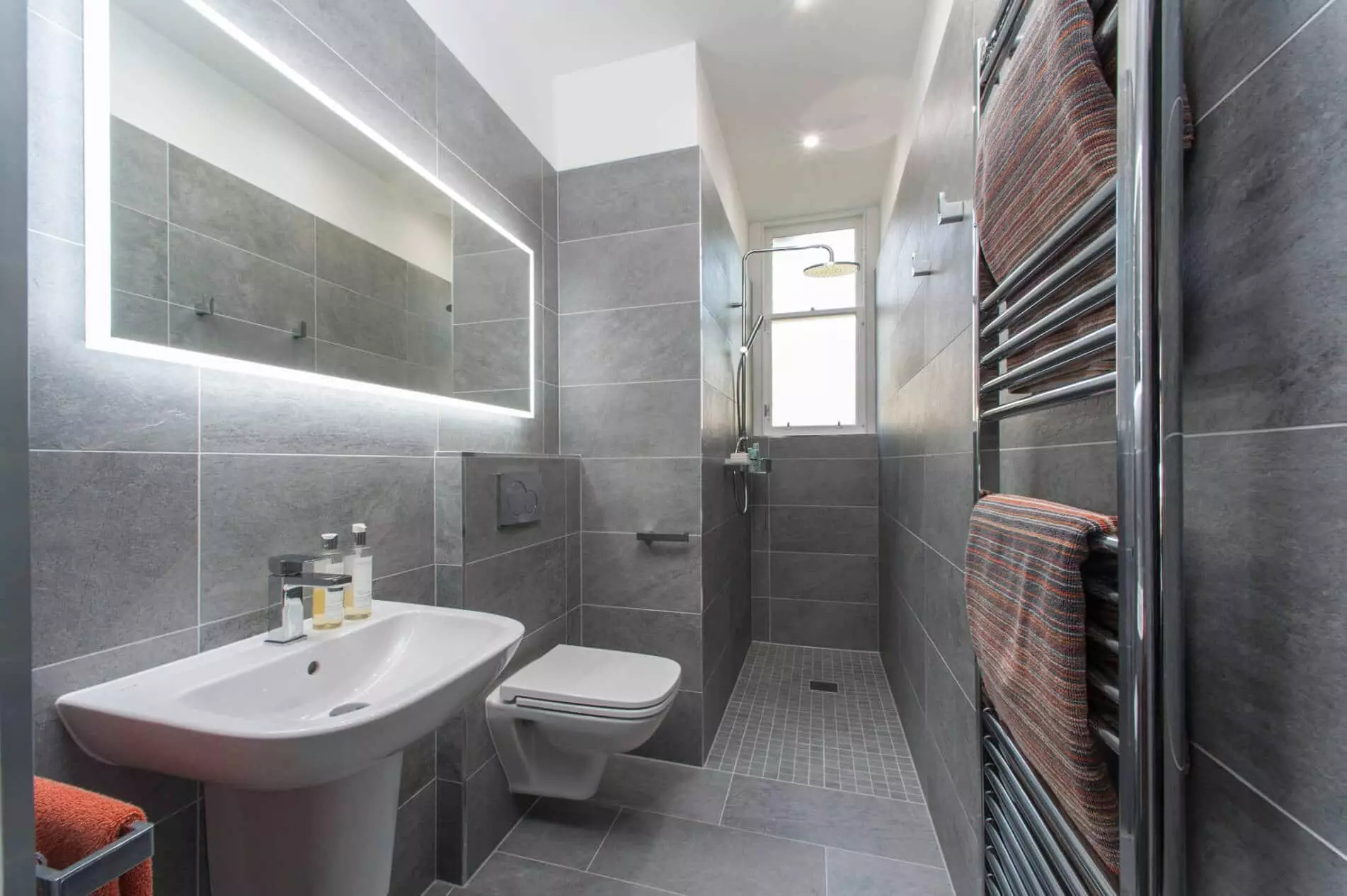
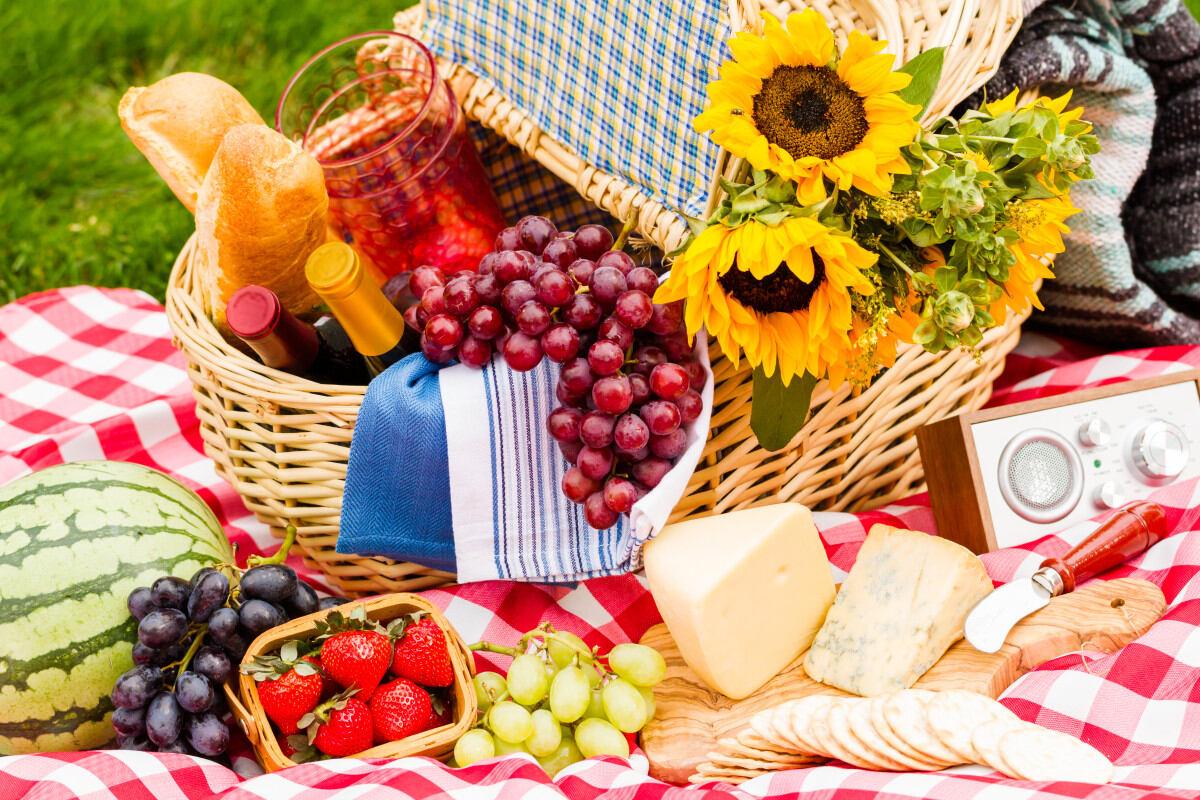
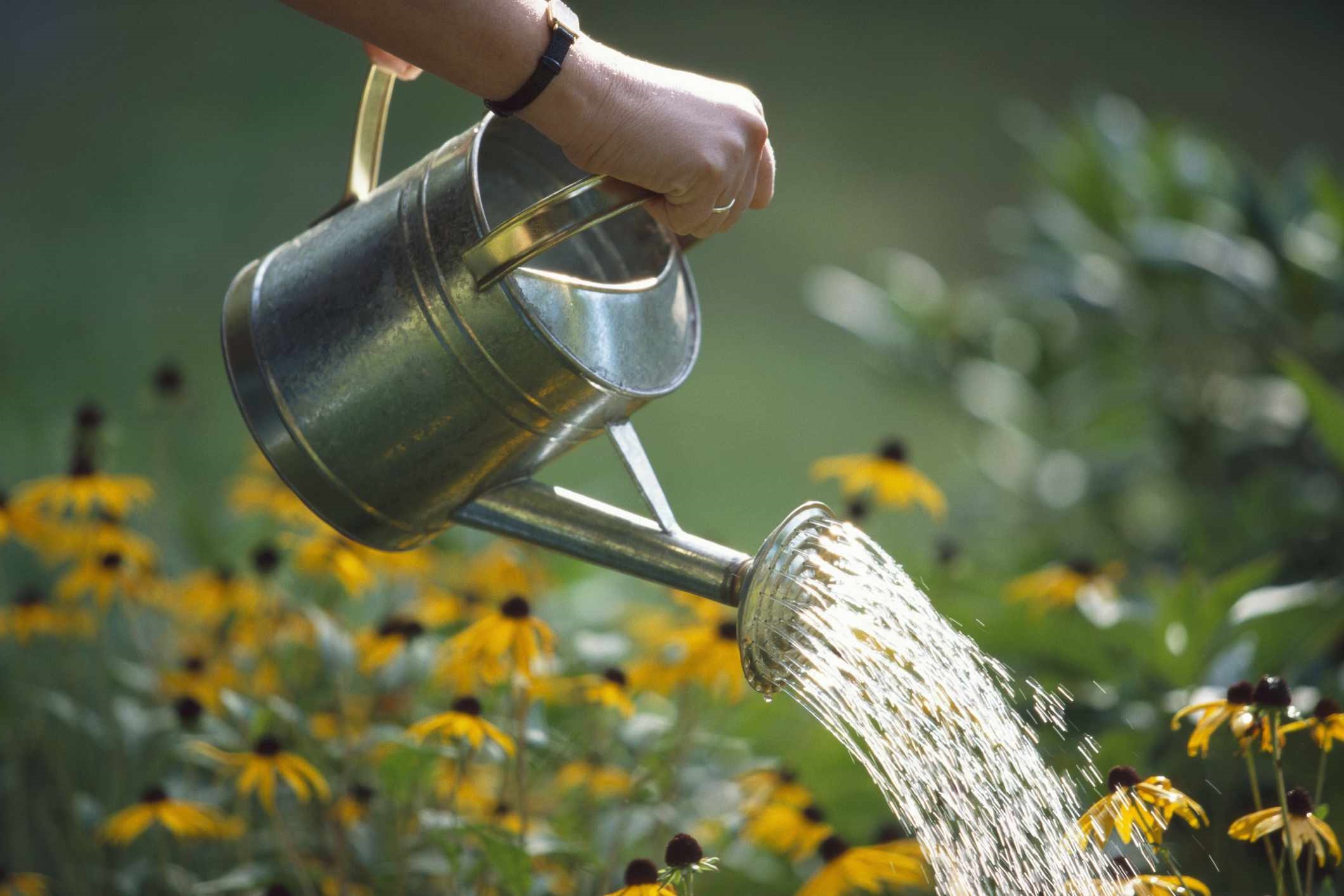
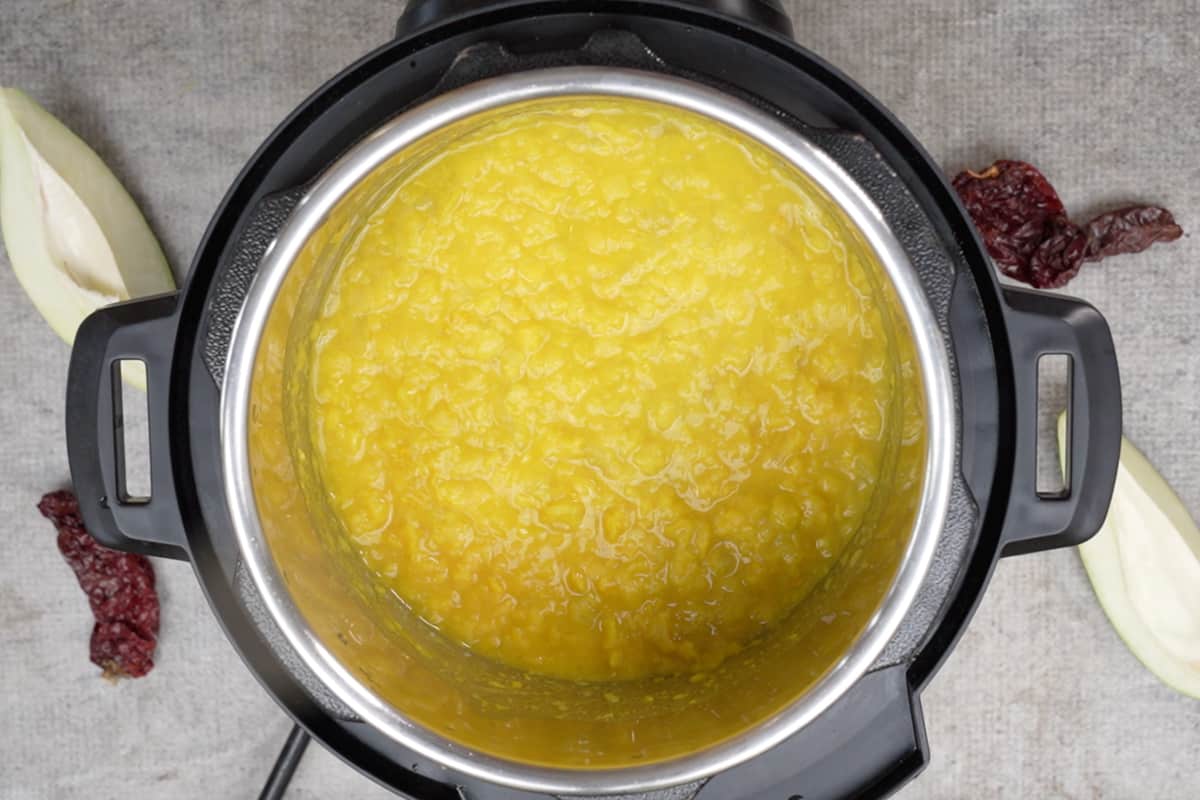
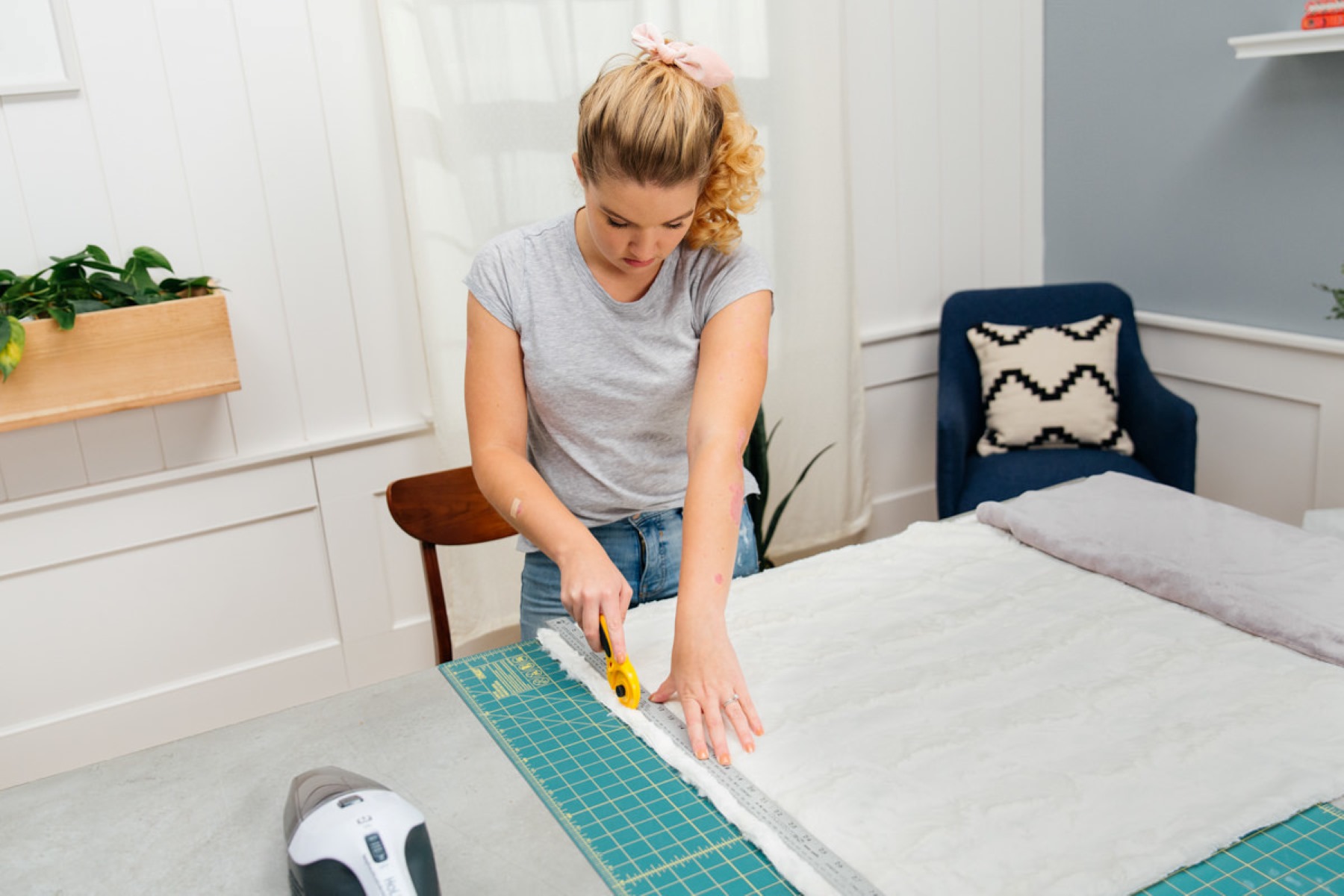
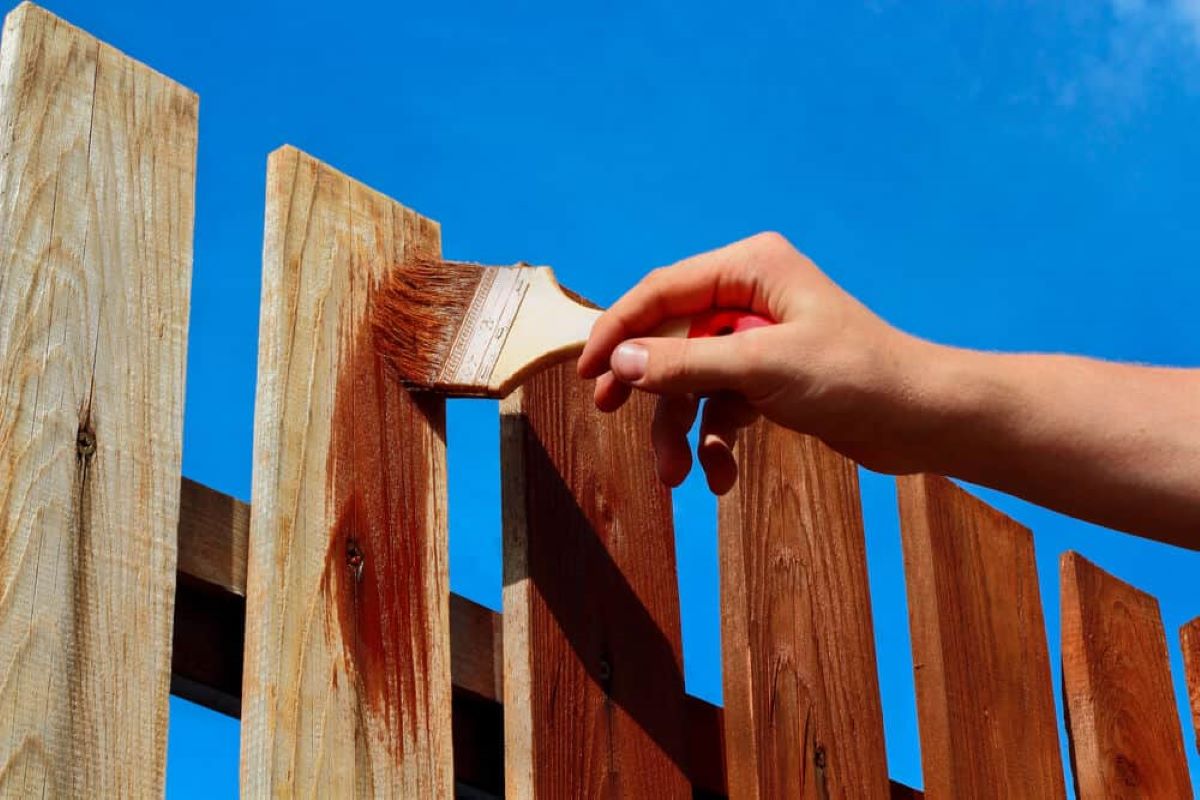

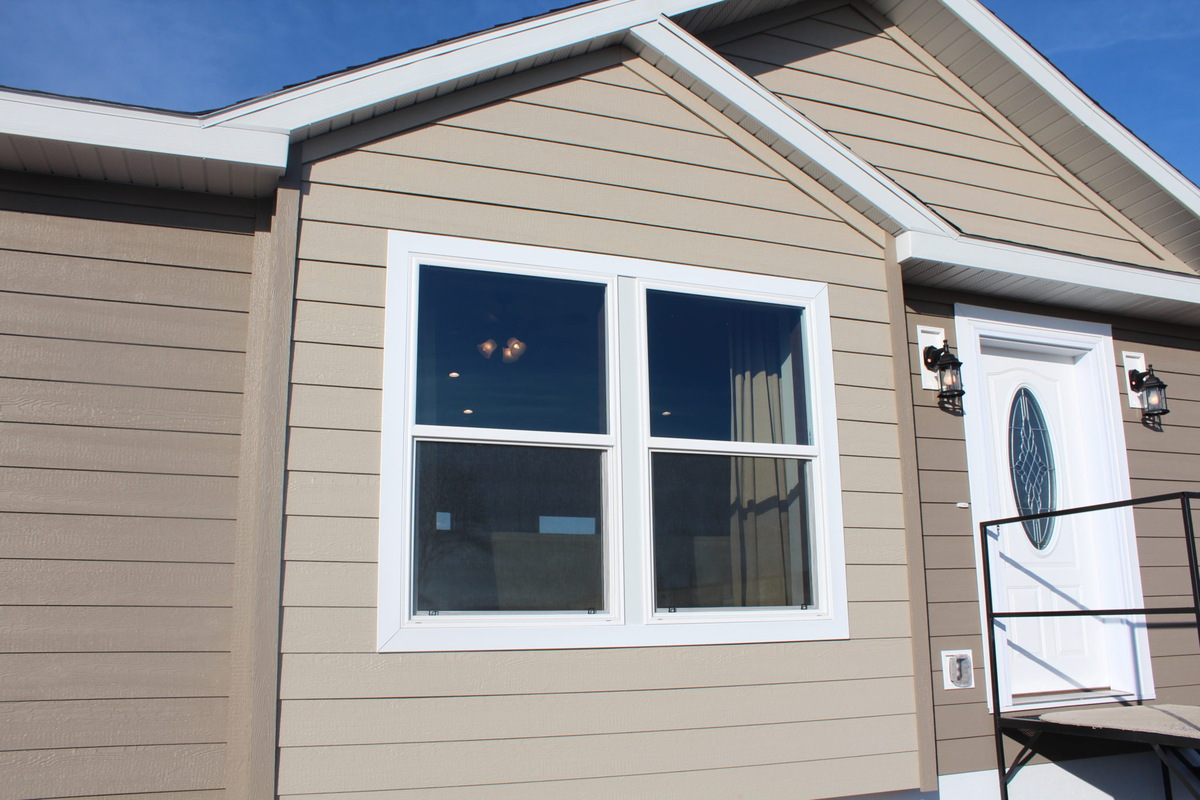
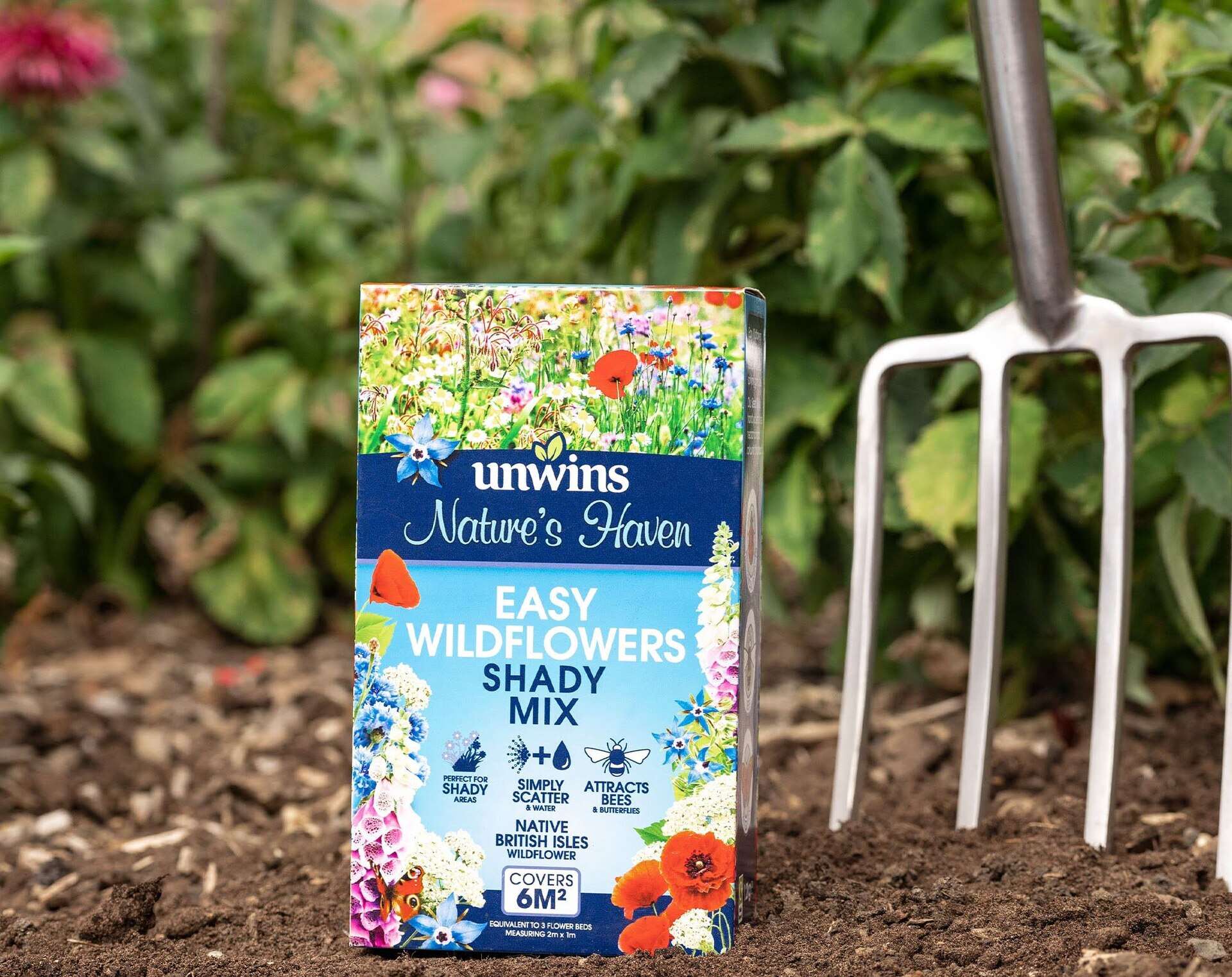

0 thoughts on “How Much Silverware Do You Need”